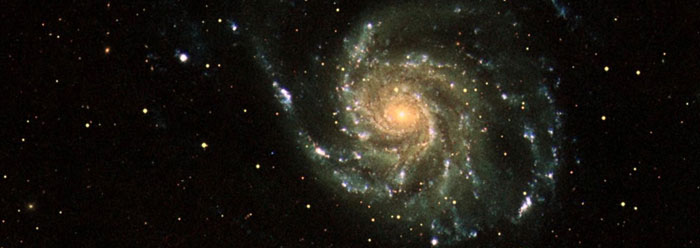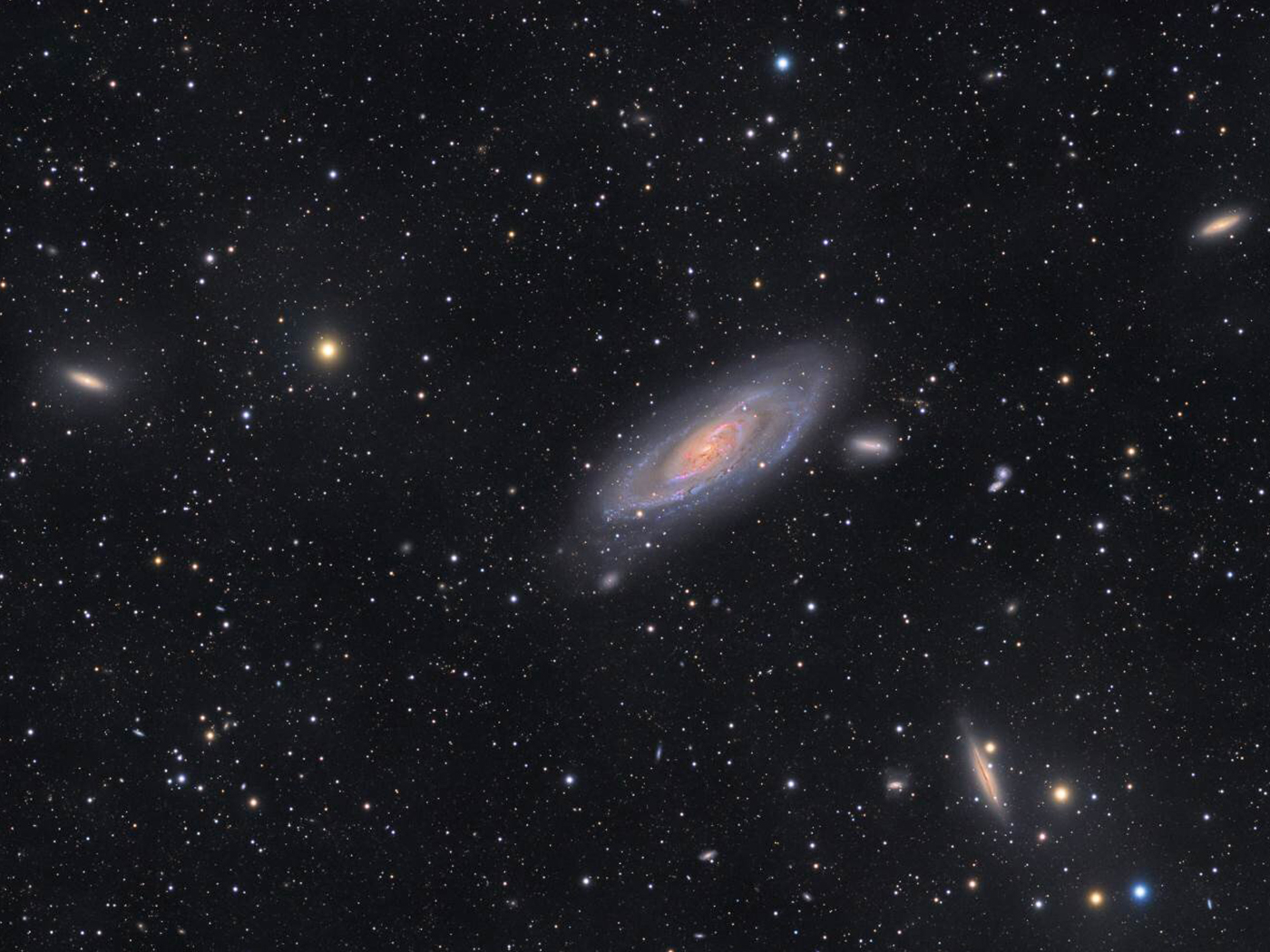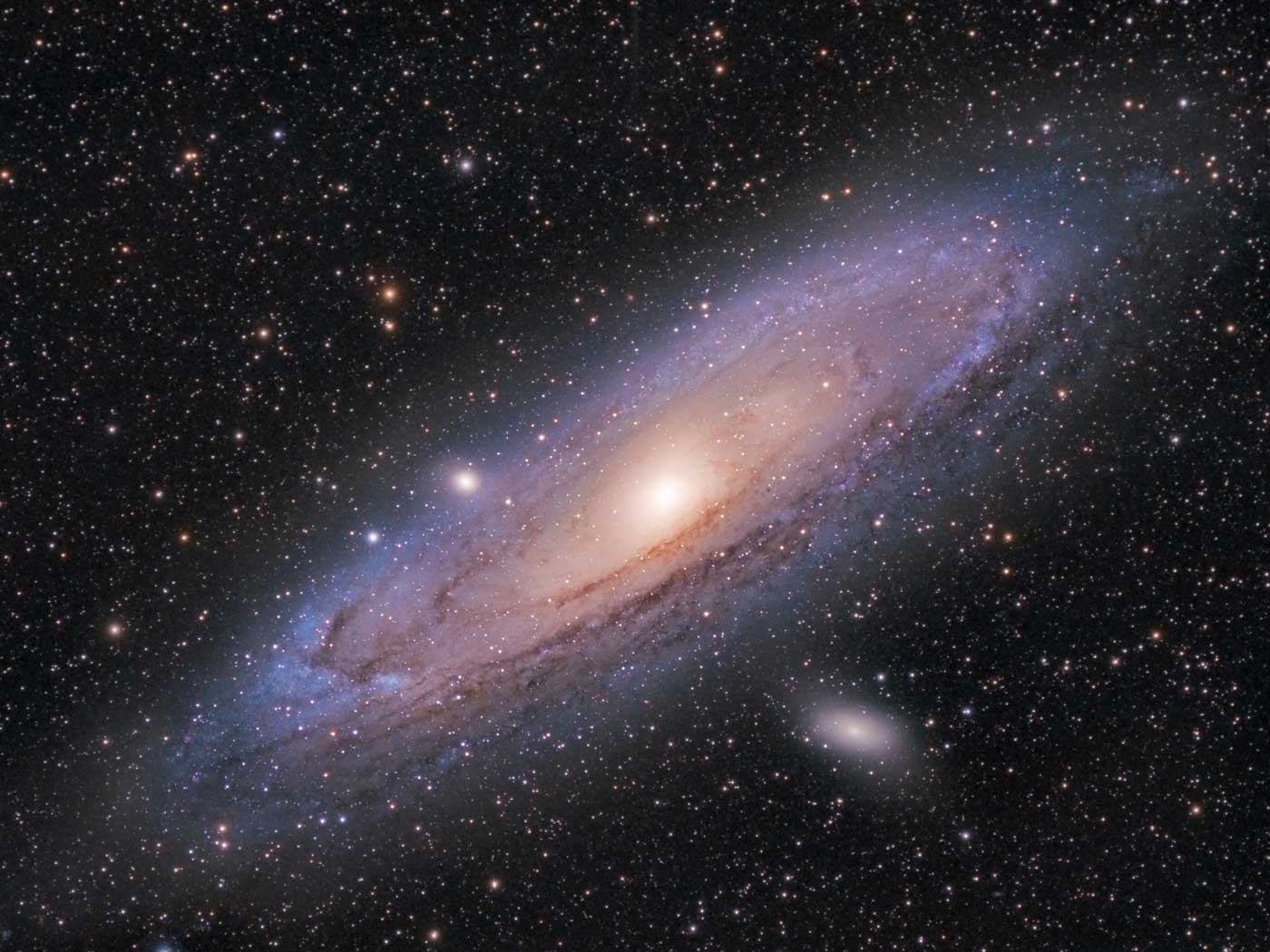God said in Isaiah 45:12: "I, even my hands, have stretched out the heavens, and all their host have I commanded." 1 Corinthians 15:41 states, "There is one glory of the sun, and another glory of the moon, and another glory of the stars: for one star differeth from another star in glory." If what the Bible says is true, then planets, stars, and galaxies should each be unique, thus defying a simple origins explanation based on physical laws.
This truth is already well-established with the solar system, since each planet has a totally unique chemical composition and overall layout.1 And the discovery of "old" galaxies mixed with "young" shows that galaxy formation has been hopelessly difficult for nature-only theories to explain.2 Could creation be the best explanation for all these one-of-a-kind stellar entities?
The June 13, 2011, issue of New Scientist magazine summarized recent work by astronomer John Kormendy of the University of Texas at Austin and cosmologist Jim Peebles of Princeton University, as well as others. Astronomers are finding evidence that, according to Peebles, shows that "galaxies are complicated and we don't really understand how they form. It's really an embarrassment."3
In the January 2011 issue of Nature, Peebles summarized two papers that described galaxy discs that totally failed to fit the standard theories of how galaxies supposedly formed.4 The galaxies they investigated had very dense points of mass in the center of their cores, presumably black holes. But only about half of them had a "bulge" of associated stars nearby. The other galaxies were razor-flat in side profile, even though they appeared brighter near their centers.
"Bulgeless" galaxies are "wildly unexpected in the standard model," according to Peebles.3 He wrote in Nature, "A challenge for the advancing power of theoretical methods is to understand this inward migration of matter, and why it preferentially fed the pseudobulge [concentration of stars within the galaxy's plane] in some galaxies and the black hole in others."4 In other words, why would matter have bulged beyond the plane of some spiral or disc galaxies, while in otherwise similarly shaped galaxies it remained confined within the flat plane of the galaxy?
They found a large number of "slimline" galaxies in "pristine spirals." These are a "big problem" because, as Kormendy told New Scientist, "We don't know how to prevent bulge formation when galaxies grow big via mergers."3 Part of the standard model is that early on, small proto-galaxies crashed into one another to become today's massive galaxies…a conjecture that lacks observational verification. But even the conjecture holds that such crashes make messes and bulges, whereas close to half of the galaxies they observed are clean and flat.
One aspect of slimline galaxies, like the Milky Way and Galaxy M101, that was not discussed is how young they look. Wouldn't their billions of stars have had ample opportunity over billions of years to collide, especially in dense regions? At least some, but probably most, of those stars should have been bumped out of the galactic plane. But instead, their arrangement is as orderly as so many ink dots on a vast sheet of paper. Similar observations show that Saturn's razor-flat rings look young.5
This thin, youthful appearance is no problem for the Bible's recent creation account. And the mixture of bulged and "no bulge" galaxies is easy to explain as the handiwork of a Creator who crafted a unique signature for each of His cosmological formations.
References
- Thomas, B. Exoplanet Discoveries Demolish Planet Formation Theories. ICR News. Posted on icr.org January 24, 2011, accessed June 16, 2011.
- Coppedge, D. F. 2006. Mature at Birth: Universe Discredits Evolution. Acts & Facts. 35 (10).
- Thomas, V. and R. Webb. 2011. Slim and beautiful: Galaxies too good to be true. New Scientist. 2816: 32-35.
- Peebles, P. J. E. 2011. Astrophysics: How galaxies got their black holes. Nature. 469 (7330): 305-306.
- Coppedge, D. 2008. Rescuing Ring Ages. Acts & Facts. 37 (10): 15.
Image credit: NASA/JPL/Caltech
* Mr. Thomas is Science Writer at the Institute for Creation Research.
Article posted on June 27, 2011.
























